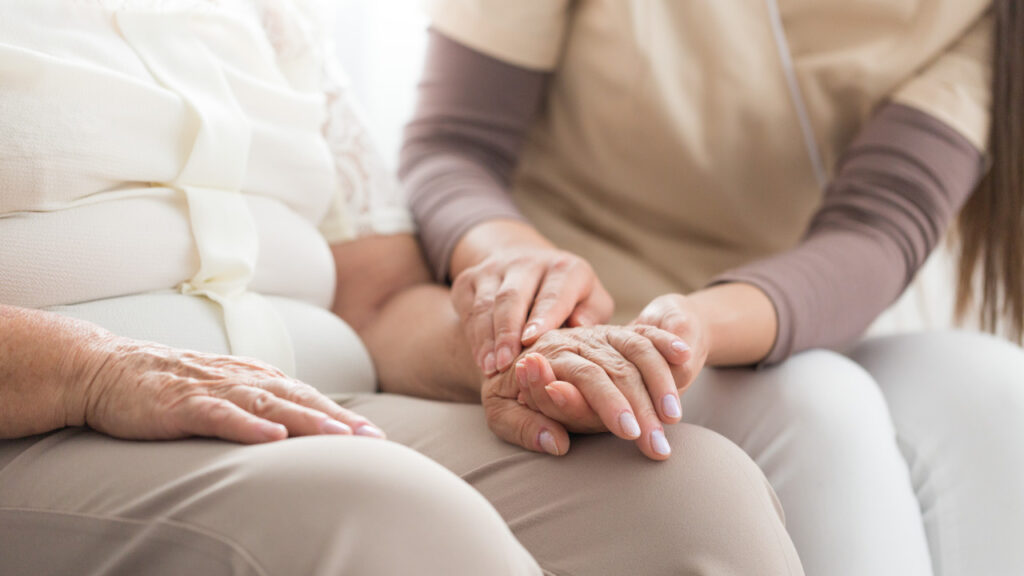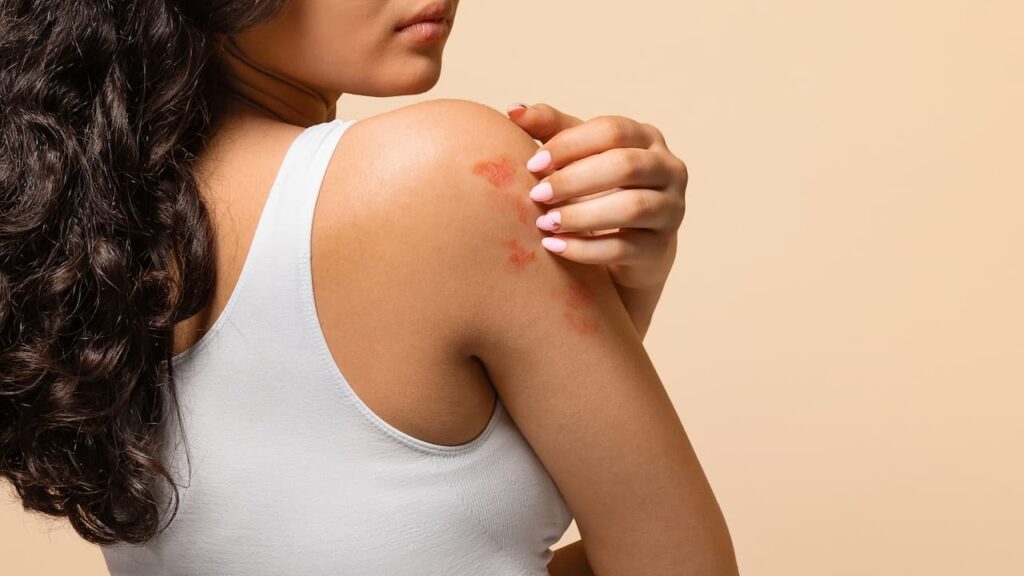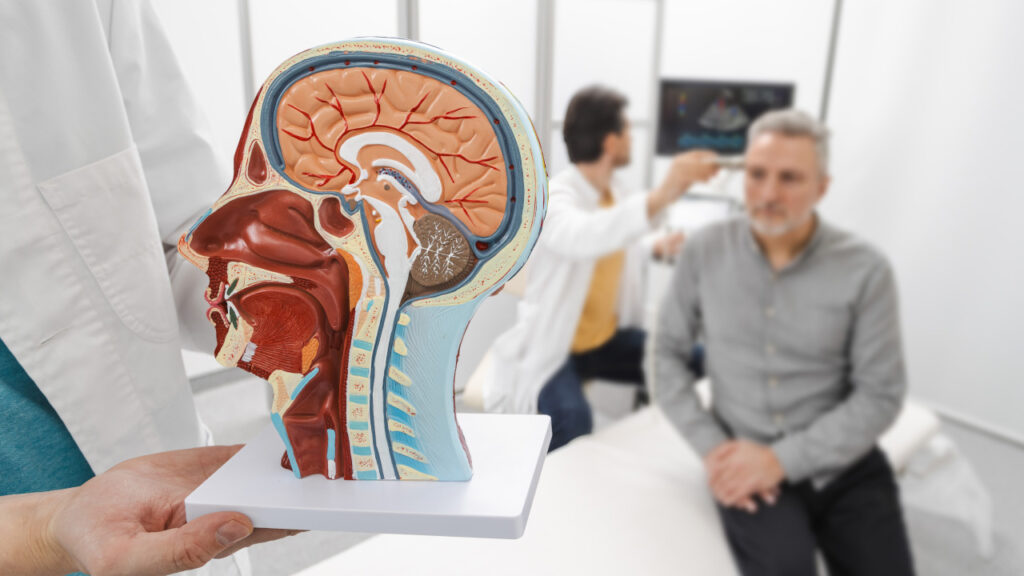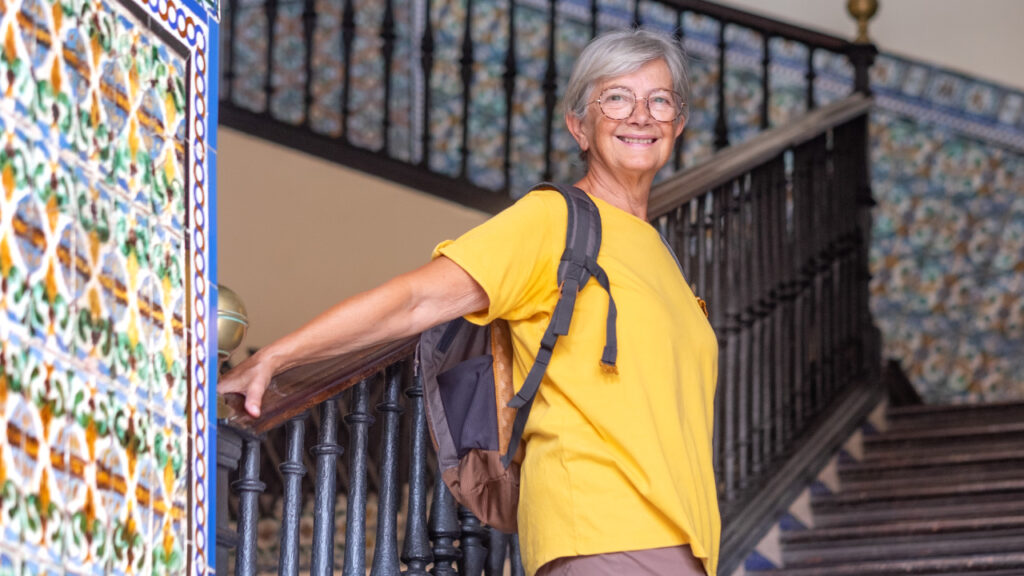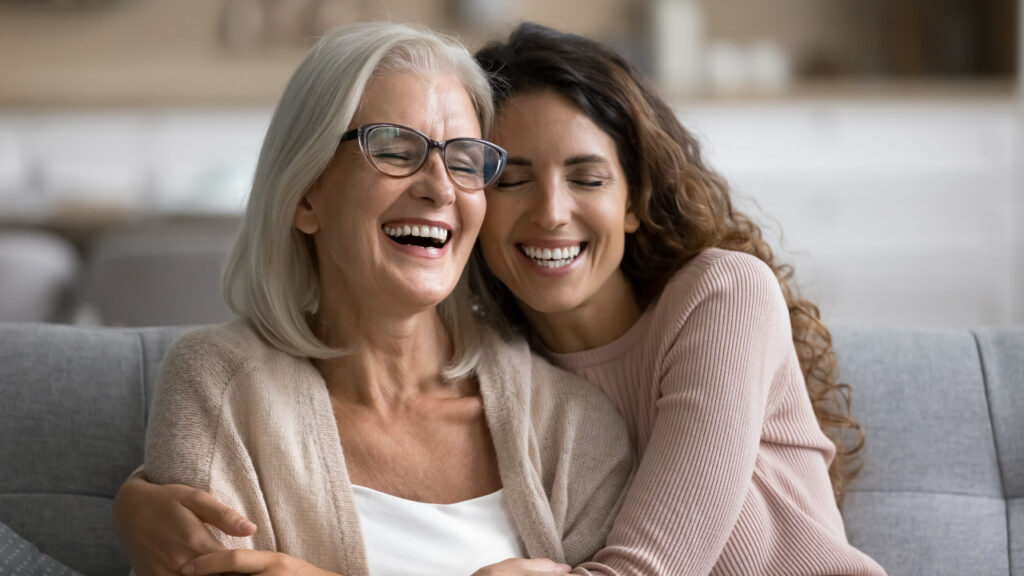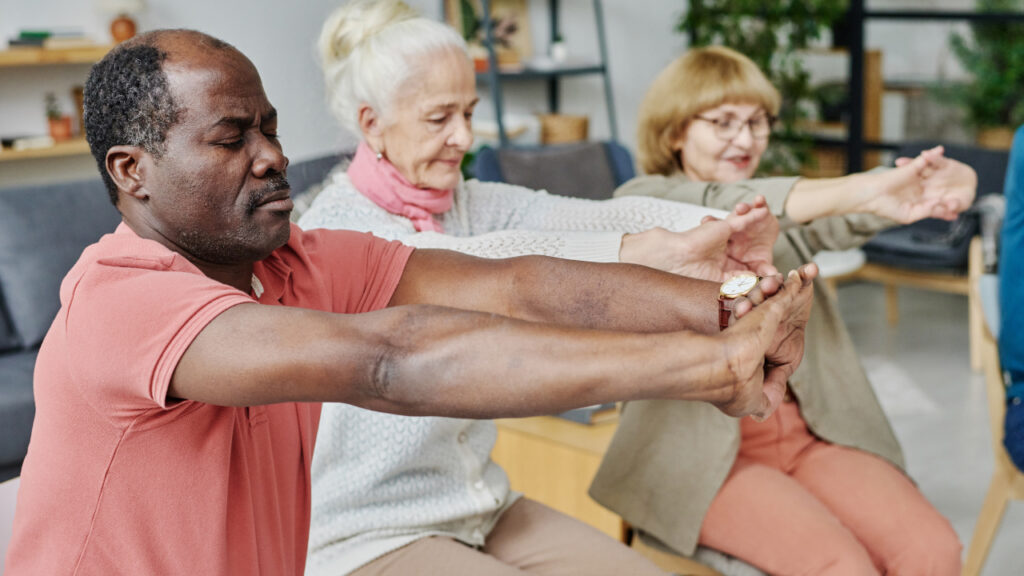Parkinson’s disease: symptoms, diagnosis and essential care
According to the World Health Organization, Parkinson’s is the second most common neurodegenerative diseaseafter Alzheimer’s, affecting around 10 million people worldwide. In Portugal, it is estimated that this disease affects around 20,000 people and is more common among men. Key points of the article In this article, we explain the symptoms and how to diagnose them in a simple way Recommended therapies and daily care The disease in young people Adaptations at home Support services in Portugal What is Parkinson’s disease? This disease results from a reduction in the levels of dopamine, when there is this reduction the brain cells that produce it die. Dopamine is responsible for muscle activity in the brain and when it is reduced, body movements are affected. When symptoms appear, it usually means that between 60 and 80% of the dopamine-producing cells have already been lost. Who is most affected? It is more common after the age of 60 and slightly more common in men, but can appear at younger ages. Youth Pakinson When the diagnosis occurs before the age of 50, it is called juvenile Parkinsonism. It can have a slower progression, but a higher risk early on due to variations in the effectiveness of medication, involuntary body movements and specific challenges (work, family, long-term planning). Motor symptoms Bradykinesia: slower voluntary movements Resting tremor: involuntary movements, when at rest it can involve various parts of the body such as: hands, arms, legs or chin (not all patients have this symptom) Muscle stiffness: “stuck” limbs and trunk, lack of flexibility in both limbs and joints Changes in balance and gait (postural instability, short steps, “freezing“). Non-motor symptoms Decreased sense of smell Sleep disorders (including “acting out dreams”/RBD) Neuropsychiatric symptoms: depression, anxiety, apathy, hallucinations Autonomic dysfunctions: drop in blood pressure when getting up, urinary/sexual problems. These symptoms can have a greater impact on quality of life than motor symptoms and sometimes precede them by years. Disease progression The speed of progression varies greatly from person to person, as do the symptoms. Doctors often use the Hoehn and Yahr scale to measure the progression of the disease over time. State 1: Initial The symptoms are milder and don’t interfere with daily activities, the tremor is on only one side of the body. Those around the patient can recognize changes such as posture, loss of balance and facial expressions. Status 2: Bilateral Symptoms tend to worsen, affecting both sides of the body. There is a difficulty in walking, a worsening of posture, the patient remains independent but may find it more difficult to carry out daily tasks. State 3: Instability Moderate Postural This is the middle stage of the disease, causing loss of balance and slower movements. Falls become more common, the patient remains independent but the symptoms begin to affect everyday activities such as eating and dressing. There may be a “freezing” of the gait, difficulty walking in a straight line or even standing up. State 4: Instability Severe Postural Symptoms are severe and limit quality of life; standing may require support. The patient is unable to live alone and needs support to carry out daily activities. State 5: Locomotion Dependent This is the most debilitating condition, as the stiffness in the legs can make it impossible to walk. They may need a wheelchair or even be bedridden. The patient may suffer hallucinations and delusions. 24-hour monitoring required. Diagnosis and medical follow-up At an early stage, diagnosis can be more difficult, as the symptoms are more subtle. In older adults, it tends to be more complicated because the symptoms resemble symptoms of ageing, such as: slower movements, loss of balance, stooped posture and muscle stiffness Treatment and recommended therapies Depending on the patient’s clinical profile and the stage they are at, treatments and therapies can include: Specific medication Deep Brain Stimulation (DBS): surgical option in selected cases with motor fluctuations/resistant tremor, after specialized evaluation Structured physical exercise: about 150 min/week of moderate to vigorous activity (aerobic, strength, balance/agility, stretching) is recommended, preferably guided by physiotherapy. Exercise improves motor and non-motor symptoms Physiotherapy/occupational therapy: gait training, balance,freezingstrategies, energy in everyday life; follow European guidelines Speech therapy: LSVT LOUD (voice) and LSVT BIG (range of motion) programs have evidence of benefit Management of non-motor symptoms: sleep, mood, constipation, pain – combining drug adjustment, lifestyle measures and specific therapies. Daily care and quality of life Timely medication (use alarms/organizers) Predictable routine, with breaks and tasks in simple steps Sleep: sleep hygiene and safety if there are behaviors during sleep Nutrition: hydration, fiber for constipation; some patients benefit from avoiding proteins in the levodopa dose (medication that can be taken if recommended) Daily exercise (even short ones) and socialization Warning signs: falls, sudden confusion, marked hallucinations, choking/aspiration pneumonia – seek medical attention. How to adapt your home for Parkinson’s patients Remove loose carpets and cables, clear corridors, good lighting (night lights) Bathroom: grab rails, shower chair, non-slip mat Bedroom: bed at a safe height, easy access to light, clear path to the toilet Anti-falling/freezing strategies: marks on the floor and positioning furniture for wide strides Assessment by an occupational therapist/physiotherapist for personalized adaptations. Support services available There are various forms of support available, from associations to means of transportation and support networks.The important thing is that both the caregiver and the patient do not feel alone during this process. APDPk – Portuguese Association of Parkinson’s Disease: information, support groups, training for caregivers and rehabilitation services (neurophysiotherapy/speech therapy) Young Parkies: An association whose aim is to support people with juvenile Parkinson’s. Made up of doctors, researchers, carers, therapists and patients. Statute of the Informal Caregiver: rights, support measures and recognition (Segurança Social/Gov.pt) National Network of Integrated Continued Care (RNCCI): teams and units with physiotherapy/occupational therapy and long-term care (access by clinical referral) Non-urgent patient transportation (SNS): provided with a doctor’s prescription when clinically justified; there are exemption rules. Alternatively, you can use specialized private services, such as Ambula, which guarantees non-urgent patient transport with comfort, safety and professional accompaniment. SNS 24
Parkinson’s disease: symptoms, diagnosis and essential care Read More »

